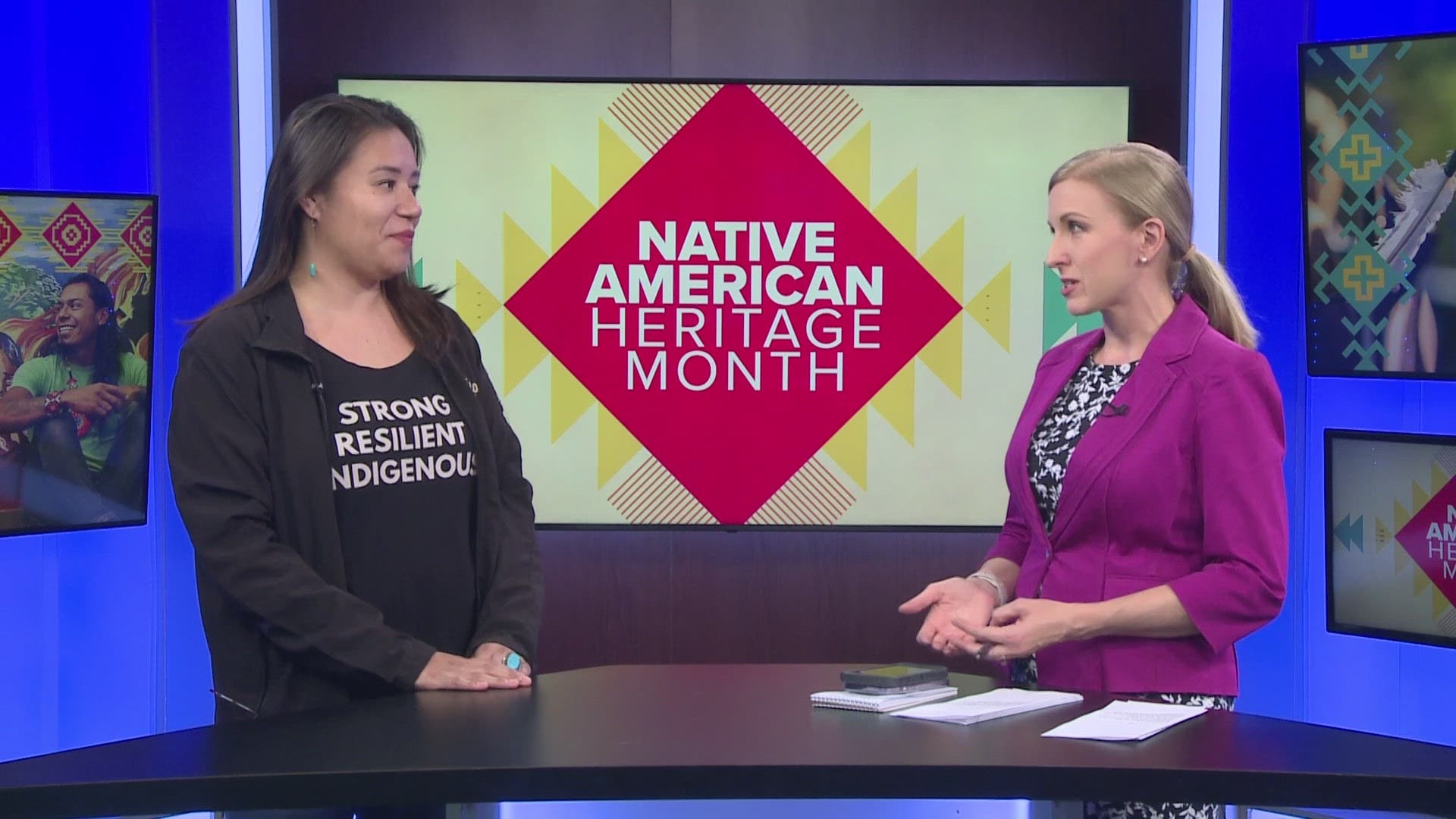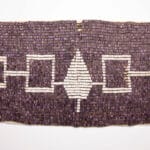The Haudenosaunee flag, a vibrant purple banner emblazoned with four white squares and a white pine, symbolizes the unity and resilience of the Six Nations. It’s a powerful emblem of their rich history, cultural pride, and ongoing fight for self-governance. But it’s more than just a symbol; it’s a living testament to the enduring spirit of the Haudenosaunee people.
The Story Behind the Symbol
The Haudenosaunee flag’s creation story intertwines sport, artistry, and cultural revival. In the 1980s, the Iroquois men’s national lacrosse team, preparing for a competition in Australia, needed a flag to represent them as an independent nation. This need sparked a collaborative effort that would forever shape Haudenosaunee identity.
Rick Hill, a Tuscarora artist, writer, and educator, joined forces with Harold Johnson, a Mohawk who ran a t-shirt shop, and his son, Tim, a student at the University at Buffalo. Inspired by Oren Lyons, an Onondaga faithkeeper, the Johnsons adapted his initial concepts, crafting the design we recognize today. The lacrosse team embraced the flag, and it quickly evolved into a symbol for the entire Haudenosaunee Confederacy.
Decoding the Design
Each element of the Haudenosaunee flag is rich with symbolism:
- The Purple Field: This distinctive shade isn’t accidental. It’s derived from the shells of mollusks used to create wampum, holding deep cultural and historical significance for the Haudenosaunee. Wampum beads were, and still are, used in ceremonies, treaties, and storytelling. The purple background serves as a visual reminder of this rich heritage.
- The Eastern White Pine: At the flag’s center stands the majestic Eastern White Pine, representing the legendary Tree of Peace. This tree symbolizes the very foundation of the Confederacy, embodying the strength and unity derived from cooperation. It suggests the deep roots of their shared history and offers a visual representation of the sheltering branches of peace and protection.
- The Four White Squares: These squares are widely believed to represent the original four nations that united under the Great Law of Peace—a sophisticated system of governance predating the United States Constitution. Later, two more nations joined, strengthening the Confederacy. While interpretations may vary, the squares reinforce the core principle of unity and cooperation. Further research may reveal whether they correspond to specific nations or represent a more generalized concept of unity.
A Flag’s Journey: From Lacrosse Field to Cultural Icon
The Haudenosaunee flag isn’t confined to museums or history books. It’s a living symbol, proudly displayed at cultural gatherings, ceremonies, and protests. You’ll likely see it waving high at lacrosse games—a sport deeply intertwined with Haudenosaunee culture—serving as a reminder of their strength, agility, and connection to the land. Its presence in these diverse settings underscores its importance as a unifying symbol transcending generations.
What Does the Haudenosaunee Flag Symbolize?
This emblem isn’t just a piece of cloth; it’s a powerful statement about the Haudenosaunee people, their history, and their values. It visually encapsulates their identity:
- Unity and Peace: The Eastern White Pine, the Tree of Peace, stands as a central symbol of the unity and peace that binds the Confederacy together.
- Self-Governance: The flag is a declaration of self-governance, representing their journey toward sovereignty and their ongoing fight for recognition as a distinct nation.
- Cultural Heritage: It’s a source of immense pride, a tangible connection to their shared history and present-day resilience.
- The Great Law of Peace: The flag reflects the influence of the Great Law of Peace, a sophisticated system of governance emphasizing peace, cooperation, and the well-being of all.
Ongoing research continues to explore the intricacies of Haudenosaunee symbolism. While we understand the core meanings, interpretations may evolve as scholars delve deeper into the rich cultural history of the Confederacy.
What is the Difference Between Iroquois and Haudenosaunee?
Understanding the distinction between “Iroquois” and “Haudenosaunee” is crucial for respectful and accurate communication:
- Haudenosaunee: This translates to “People of the Longhouse” and is the name these six nations—Mohawk, Oneida, Onondaga, Cayuga, Seneca, and Tuscarora—use for themselves. It acknowledges their right to self-determination and recognizes their perspective on their identity.
- Iroquois: This term has a more complicated and potentially negative history, likely originating from Algonquian or Basque languages and popularized by French colonists. Its colonial association can be problematic, making “Haudenosaunee” the preferred term.
The shift towards using “Haudenosaunee” reflects a growing awareness of Indigenous self-determination and a move away from colonial labels. While “Iroquois” might appear in older texts, using “Haudenosaunee” demonstrates respect and understanding.
Is Haudenosaunee the Same as Six Nations?
While related, “Haudenosaunee” and “Six Nations” are not completely interchangeable:
- Haudenosaunee: Refers to the people themselves and their shared identity as “People of the Longhouse.”
- Six Nations: Describes the composition of the confederacy—the six distinct nations united under the Haudenosaunee Confederacy.
While “Six Nations” is acceptable, “Haudenosaunee” holds deeper cultural significance and emphasizes self-determination. Using “Haudenosaunee” demonstrates respect for a vibrant and enduring culture, recognizing their sovereignty and valuing their perspective.
If you’re curious about the jovita idar quarter, which was named after a well-known journalist and suffragette, then make sure to visit. And while you are at it, don’t forget to check out the beloved mariah ritty ross, the civil rights activist who made significant contributions to society.
- Discover Long Black Pepper: Flavor & Health Benefits - April 25, 2025
- Shocking Twists: The Grownup Review: Unreliable Narration - April 25, 2025
- A Quiet Place Book vs Movie: A Deep Dive - April 25, 2025
















